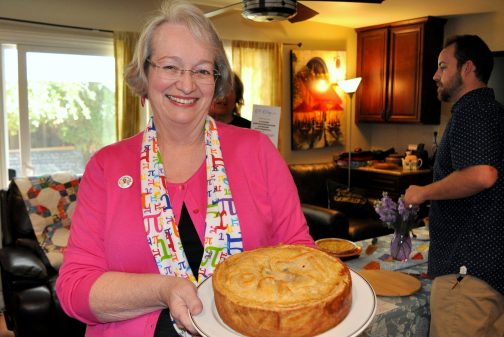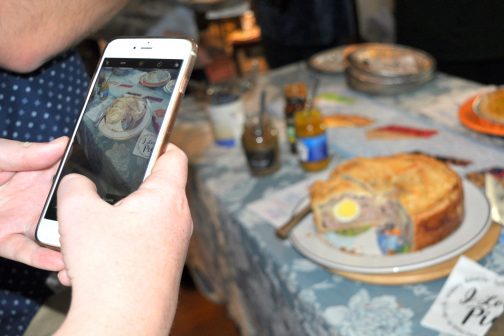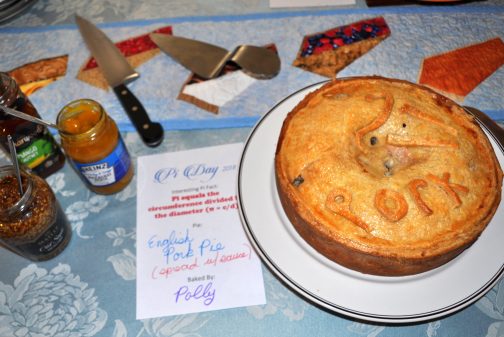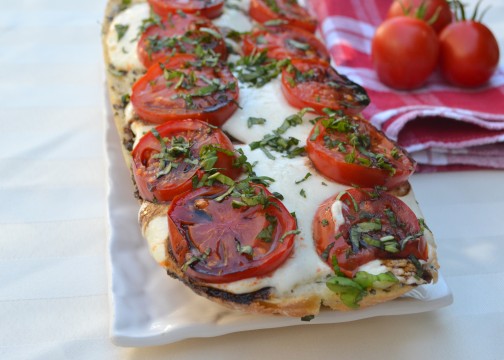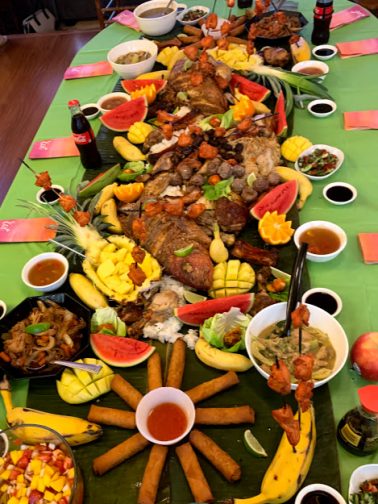
I know nothing about Filipino cooking, but my daughter organized a Boodle Fight for one of our cookbook club meetings. Knowing nothing, and needing to know something fast, I researched cookbooks and ordered one that sounded good, landing on “I Am A Filipino: And This Is How We Cook” by Nicole Ponseca. I made several recipes, Chicken Barbecue, Banana Ketchup Ribs, Pancit, Coconut Flan. Two recipes were keepers, as is, no changes…, Chicken Barbecue and Banana Ketchup BBQ Ribs.
Good news, Epicurious is going all out on promoting this recipe, too, it’s a keeper! Can you see the chicken on the skewers in the picture above? Look at all that food! A Boodle Fight is a GREAT idea! If you can’t do all of it, start with the Chicken Barbecue Skewers.
You’ll need some Banana Ketchup, which is ketchup made from bananas, not tomatoes, but tastes nothing like bananas, and is still a vibrant red color! I bought my first bottle of Banana Ketchup on Amazon. It cost 4 times the amount of my 2nd, 3rd, 4th, and 5th bottle of Banana Ketchup. If you have a Filipino market close by, a bottle of Banana Ketchup will cost less than two dollars, if you order it off of Amazon it will cost over eight dollars. Do what you have to do, get a bottle of Banana Ketchup and make the Chicken Barbecue on Skewers.
Filipino Chicken Barbecue (Skewers)
- 2 1/4 cups (540 ml) banana ketchup
- 1 cup (240 ml) 7UP or Sprite
- 1/2 cup (120 ml) fresh lemon juice
- 1/2 cup (120 ml) soy sauce
- 1/2 cup (120 ml) white sugarcane vinegar
- 1/2 cup (110 g) packed brown sugar
- 1/4 cup (35 g) minced garlic
- 3 pounds (1.4 kg) boneless, skinless chicken thighs, cut into 1-inch pieces
- Cooking spray or vegetable oil, for greasing
- Wooden skewers
- Stir together the banana ketchup, 7UP/Sprite, lemon juice, soy sauce, vinegar, brown sugar, and garlic, keep stirring until the sugar has dissolved.
- Add the chicken pieces and toss. Cover the bowl or pour mixture into a Ziplok bag and marinate in the refrigerator for at least 1 hour and preferably overnight.
- When you are ready to cook the meat, heat a grill pan over high heat or heat a charcoal or gas grill to medium.
- Reserving the marinade, thread 3 or 4 pieces of chicken on each skewer, letting the pieces touch slightly, and set them on a plate or baking sheet.
- Pour the marinade into a saucepan and bring it to a simmer over medium-high heat. Reduce the heat to medium and cook for 10 minutes; set it aside.
- Spray the pan or grill grate lightly with cooking spray. Place the skewers on the grill pan or grill and cook, turning them and basting them often with the heated marinade, until they are cooked through or the center of a piece of chicken registers 165°F (75°C) on an instant-read thermometer. This should take between 8 and 15 minutes, depending on your cooking surface (discard any leftover marinade).
- Transfer to a platter. Serve and share.
Thanks for stopping by my kitchen today!



